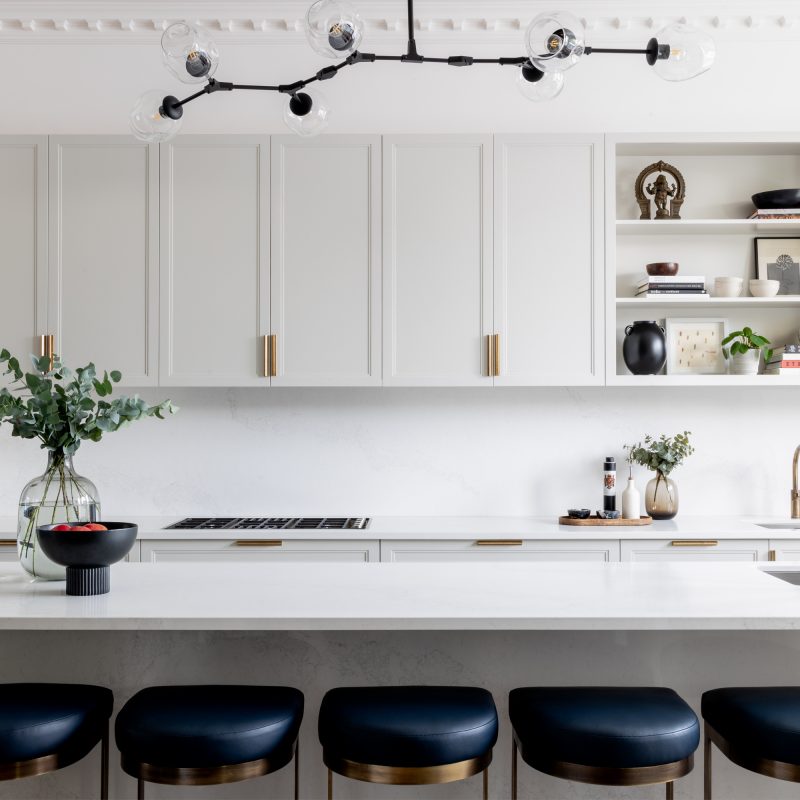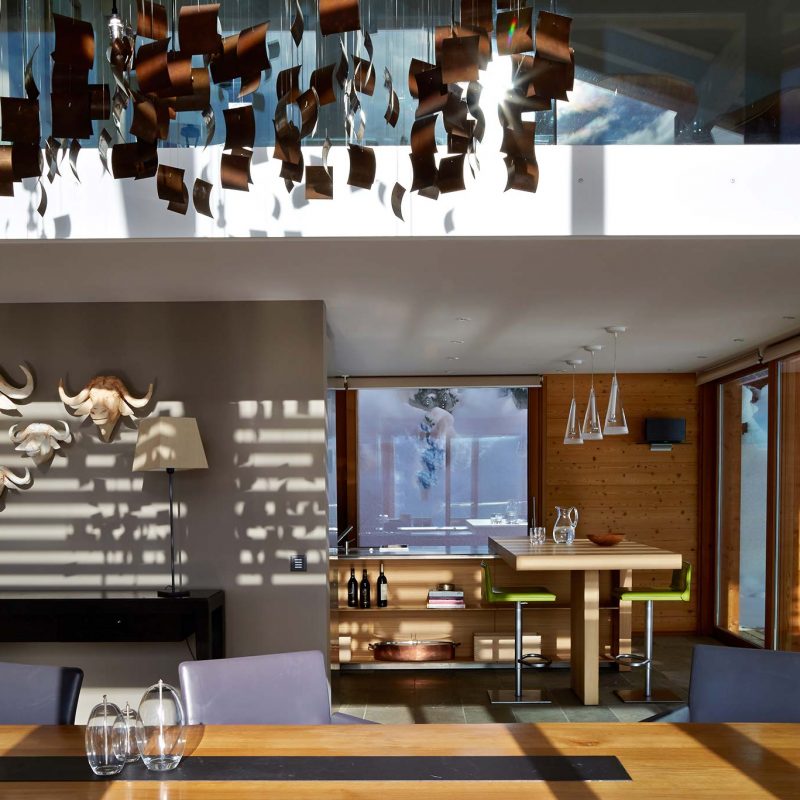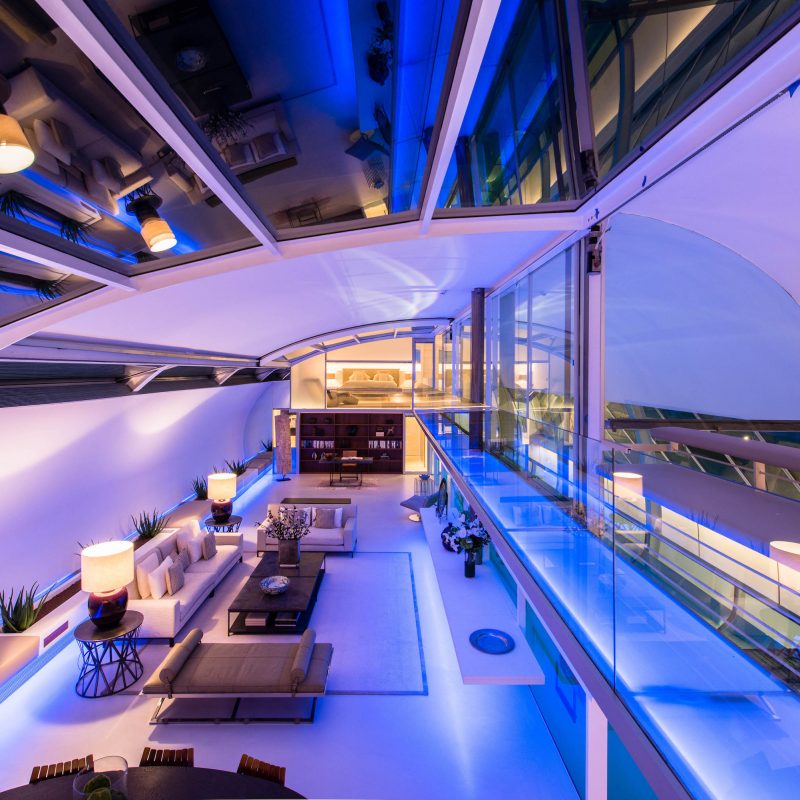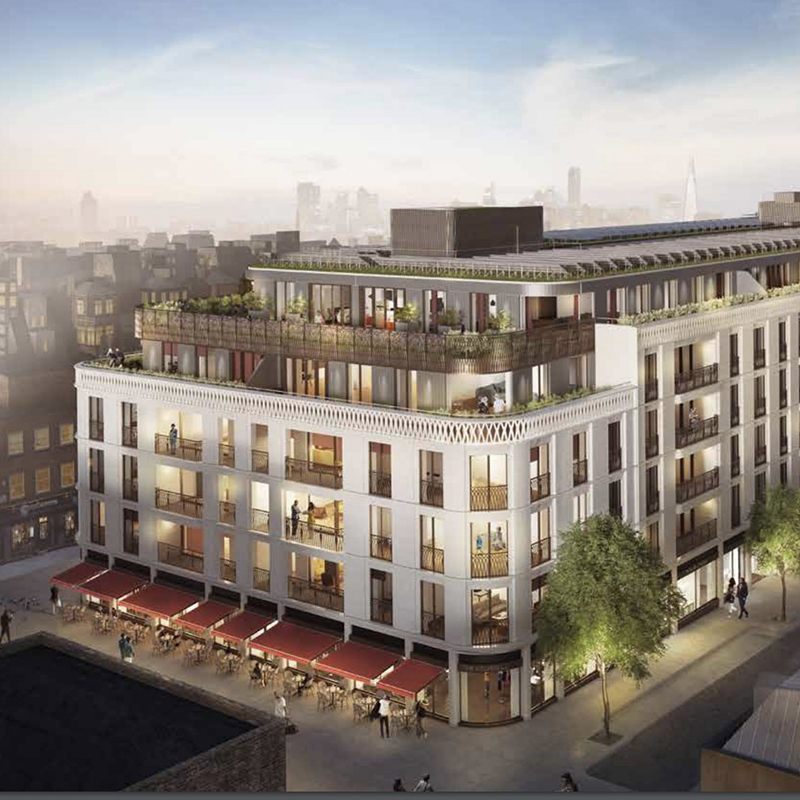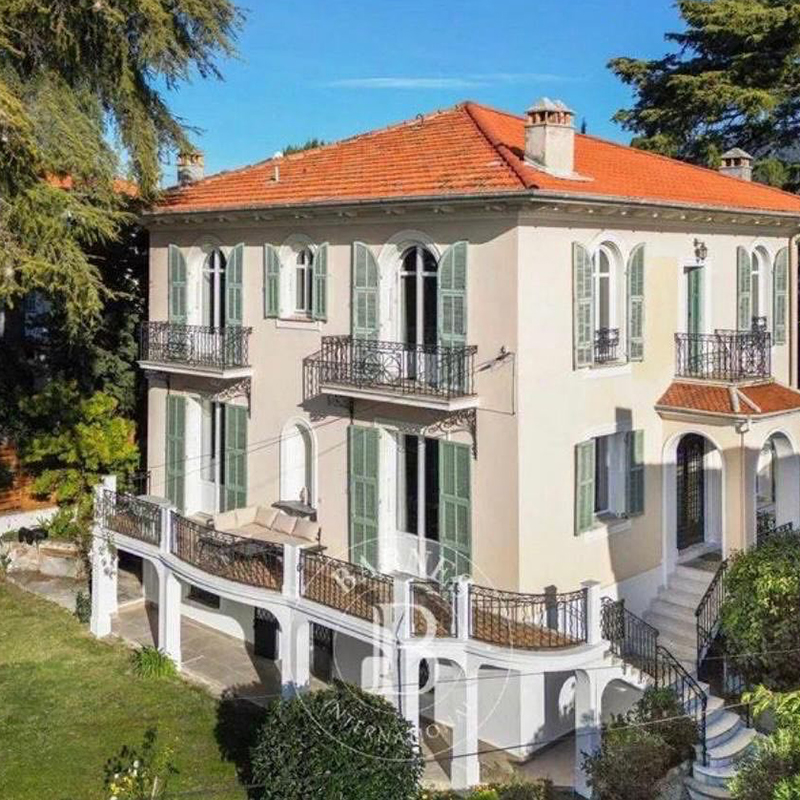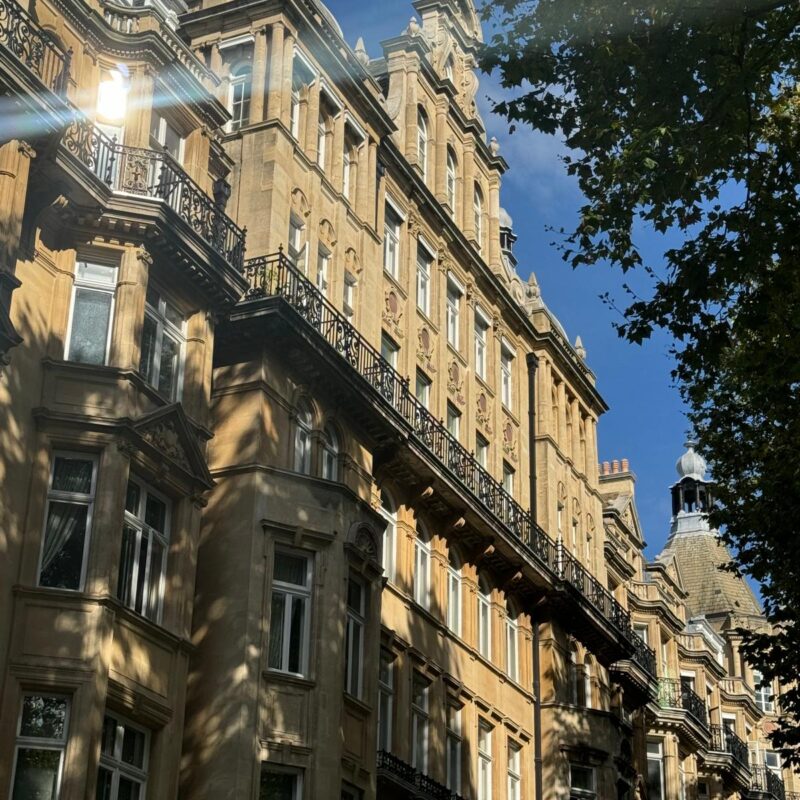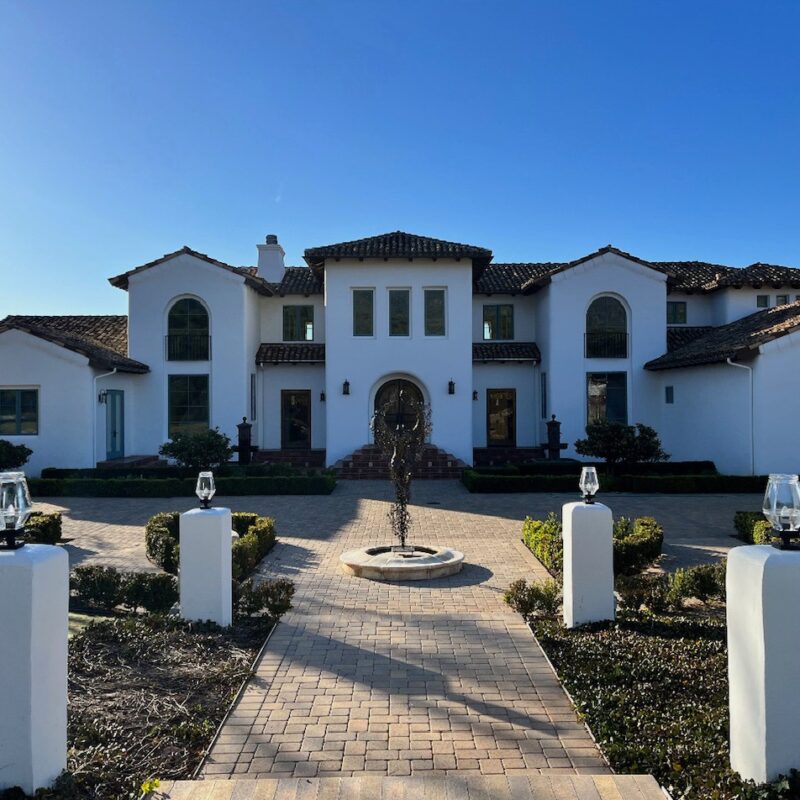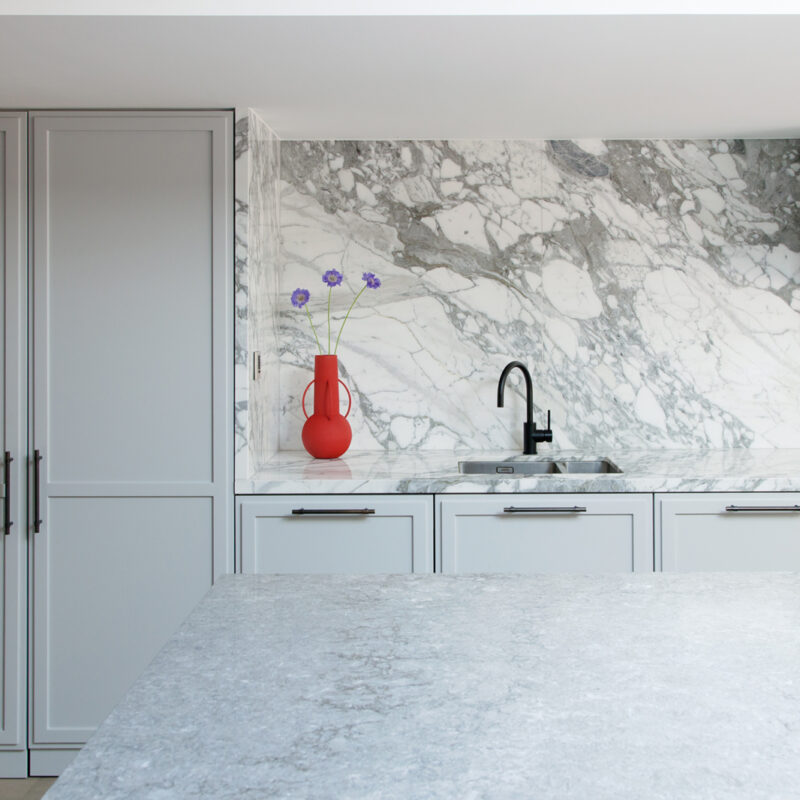
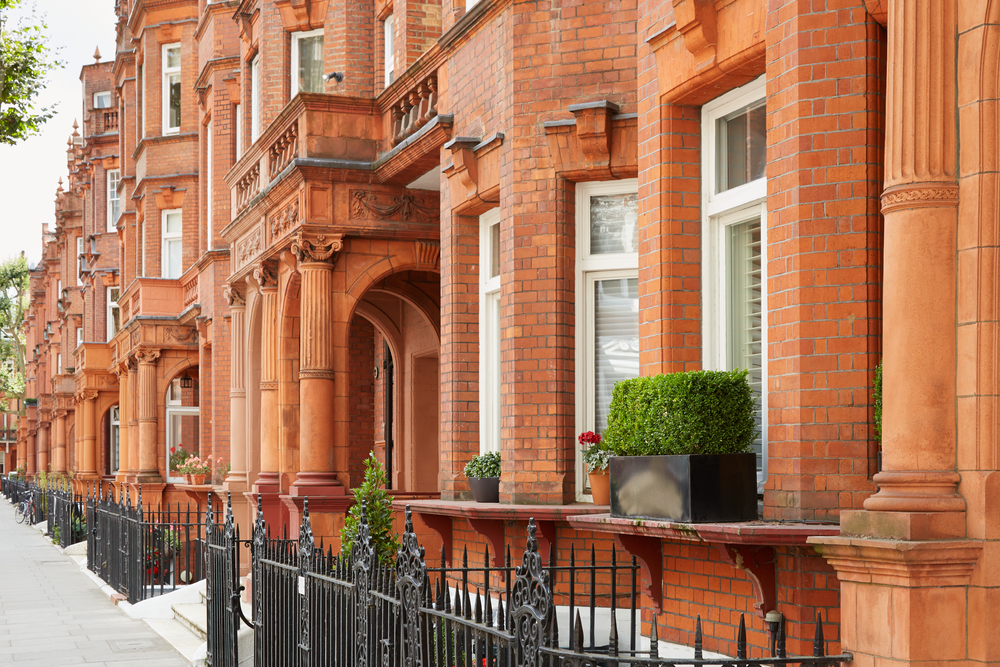
Renovating Listed Buildings in the UK
Owning a listed building entails a profound appreciation for its historical significance, a key factor in the decision to acquire it. However, this appreciation comes hand in hand with a set of obligations and guidelines, especially when considering restoration work.
When embarking on the journey to breathe new life into a listed property, the pivotal initial step is selecting the right design team as your trusted partner.
Callender Howorth, a distinguished luxury interior design firm, specialises in expert renovation of heritage buildings. Our heritage architects boast a well-established track record of excellence in revitalising listed structures, possessing the requisite expertise and a meticulous eye for detail necessary for working with historical edifices.
Our approach involves closely listening to your vision, collaborating with specialist architects, and sourcing the most skilled artisans and suppliers. This synergy ensures a harmonious blend of design excellence while rigorously adhering to the stringent regulations of the heritage sector.
We invite you to browse our extensive portfolio and engage in a conversation with one of our adept heritage interior designers to bring your restoration aspirations to life.
What Are Listed Buildings?
Listed Buildings in the UK are structures of historical, architectural, or cultural significance that have been formally recognised and protected by the government to preserve their heritage value. These buildings can encompass a wide range of structures, including houses, churches, bridges, and even industrial sites.
The process of “listing” a building involves its inclusion on the National Heritage List for England (Wales and Scotland have their equivalent lists), which Historic England and similar organisations in other parts of the UK maintain.
Buildings are categorised into three grades:
– Grade I: These are buildings of exceptional national significance with outstanding historical or architectural value. They are often of great age and may be unique in their design or historical importance.
– Grade II: This is the most common listing, encompassing a broad range of structures that are of national importance and warrant protection.
– *Grade II (With Star)*: These are buildings of more than particular interest, falling between Grade II and Grade I in terms of significance.
Listed Buildings enjoy legal protection, and any alterations, renovations, or demolitions require special consent from the local planning authority. The goal of a listing is to ensure that these historic and culturally valuable structures are preserved for future generations, contributing to the UK’s rich architectural and cultural heritage.
How Owning a Listed Property Affects Heritage Renovations
A listed building in the UK is a structure of exceptional historical significance, categorised into three grades: Grade I, Grade II*, and Grade II. Grade I buildings, exemplified by the renowned Westminster Abbey, are designated as having “exceptional interest” by Historic England, constituting a mere 2.5% of all listed structures.
Grade II* buildings, including iconic landmarks like Harrods, fall into the intermediate category, comprising structures of more than ordinary importance, totalling 5.8% of all listed buildings. The majority of listed buildings belong to the Grade II category, characterised by their “special interest,” which is often the type most commonly owned. These listings encompass a broad spectrum, ranging from mediaeval edifices to 20th-century terraced cottages.
While the primary aim of the listing is heritage preservation, it’s worth noting that renovations are still possible. With the appropriate permissions, this can encompass extensions, alterations, and, in exceptional cases, even demolition upon government consent. If you are a proud owner of a listed building and aspire to make alterations, the initial step necessitates applying for consent from your local authority.
Notably, many such applications are approved, although it demands both patience and a nuanced understanding of the process. At Callender Howorth, our heritage architects remain diligently informed about evolving planning and construction regulations, offering expert guidance to navigate the intricate landscape of listed building restoration.
Our Interior Restoration Projects of Listed Buildings
Callender Howorth, with its profound expertise in the restoration of historical structures, recently applied its heritage architecture acumen to splendid effect in the transformation of a Grade II listed residence on Heath Drive in Hampstead. The task at hand was to seamlessly blend elements of Indian heritage with a contemporary aesthetic within the early 20th-century Arts & Crafts dwelling situated in North London.
This three-story property underwent a comprehensive redesign that aligned with the client’s vision and adhered to the stipulations of the local planning authorities. Meticulous research into Indian design principles, drawing inspiration from architectural marvels like the Taj Mahal, informed the project. An exquisite collection of paintings by the renowned Indian artist Sakti Burman adorned the interior.
The renovation included the creation of alcoves and the integration of evocative murals onto the walls, all complemented by handpicked furniture sourced directly from India, ensuring an authentic and culturally resonant ambience.
Another illustration of Callender Howorth’s proficiency in restoring listed properties is the renovation of a manor house in Kent. In a near-derelict state, this listed building was meticulously revived to become an idyllic family home in the countryside. Collaboration with English Heritage was pivotal in navigating the intricate web of building regulations, ensuring that the property retained its original architectural integrity throughout the revitalisation process.
Our team of heritage architects is available to assist with your restoration project. Contact Callender Howorth today to discuss how we can transform your listed property into the heritage home of your dreams.


